1.
Introduction
In structural mechanics, particularly in the field of elasticity, there are equations that describe the behavior of thin plates under loads. These equations are often partial differential equations that govern the displacement of a thin plate. The plate equation depends on factors like material properties, geometry, and boundary conditions. In the context of geophysics, "plate equation" could refer to the equations that describe the movement and interaction of tectonic plates on the Earth's surface. Plate tectonics is a theory that explains the movement of the Earth's lithosphere (the rigid outer layer of the Earth) on the more fluid asthenosphere beneath it. In mathematics, specifically in the field of differential equations, the term "plate equation" might be used to refer to certain types of equations. For instance, in polar coordinates, Laplace's equation takes a specific form that is sometimes informally referred to as the "plate equation".
Plate equation models are hyperbolic systems that arise in several areas in real-life problems, (see, for instance, Kizilova et al.[1], Lasiecka et al. [2] and Huang et al.[3]). The theory of plates is the mathematical formulation of the mechanics of flat plates. It is defined as flat structural components with a low thickness compared to plane dimensions. The advantage of the theory of plates comes from the disparity of the length scale to reduce the problem of the mechanics of three-dimensional solids to a two-dimensional problem. The purpose of this theory is to compute the stresses and deformation in a loaded plate. The equation of plates results from the composition of different subsets of plates: The equilibrium equations, constitutive, kinematic, and force resultant, [4,5,6].
Following this, there are a wide number of works devoted to the analysis and control of the academic model of hyperbolic systems, the so-called plate equations, For example, the exact and the approximate controllability of thermoelastic plates given by Eller et al. [7] and Lagnese and Lions in [8] treated the control of thin plates and Lasiecka in [9] considered the controllability of the Kirchoff plate. Zuazua [10] treated the exact controllability for semi-linear wave equations. Recently many problems involving a plate equations were considered by researchers. Let us cite as examples the stabilization of the damped plate equation under general boundary conditions by Rousseau an Zongo [11]; the null controllability for a structurally damped stochastic plate equation studied by Zhao [12], Huang et al. [13] considerrd a thermal equation of state for zoisite: Implications for the transportation of water into the upper mantle and the high-velocity anomaly in the Farallon plate. Kaplunov et al. [14] discussed the asymptotic derivation of 2D dynamic equations of motion for transversely inhomogeneous elastic plates.
Hyperbolic systems have recently continued to be of interest to researchers and many results have been obtained. We mention here the work of Fu et al. [15] which discusses a class of mixed
hyperbolic systems using iterative learning control. Otherwise, for a class of one-dimension linear wave equations, Hamidaoui et al. stated in [16] an iterative learning control.
Without forgetting that for a class of second-order nonlinear systems Tao et al. proposed an adaptive control based on an disturbance observer in [17] to improve the tracking performance and compensation.
In addition to these works, the optimal control of the Kirchoff plate using bilinear control was considered by Bradly and Lenhart in [18], and Bradly et al. in [19]. In fact,
in this work we will talk about a bilinear plate equation and we must cite the paper of Zine [20] which considers a bilinear hyperbolic system using the Riccati equation. Zine and Ould Sidi [19,22]
that introduced the notion of partial optimal control of bilinear hyperbolic systems. Li et al. [23] give an iterative method for a class of bilinear systems. Liu, et al. [24] extended a
gradient-based iterative algorithm for bilinear state-space systems with moving average noises by using the filtering technique.
Furthermore, flow analysis of hyperbolic systems refers to the problems dealing with the analysis of the flow state on the system domain. We can refer to the work of Benhadid et al.
on the flow observability of linear and semilinear systems [25], Bourray et al. on treating the controllability flow of linear hyperbolic systems [26] and the
flow optimal control of bilinear parabolic systems are considered by Ould Sidi and Ould Beinane on [27,28].
For the motivation the results proposed in this paper open a wide range of applications. We cite the problem of iterative identification methods for plate bilinear systems [23], as well as the problem of the extended flow-based iterative algorithm for a plate systems [24].
This paper studies the optimal control problem governed by an infinite dimensional bilinear plate equation. The objective is to command the flow state of the bilinear plate equation to the desired flow using different types of bounded feedback. We show how one can transfer the flow of a plate equation close to the desired profile using optimization techniques and adjoint problems. As an application, we solve the partial flow control problem governed by a plate equation. The results open a wide way of applications in fractional systems.
We began in section two by the well-posedness of our problem. In section three, we prove the existence of an optimal control solution of (2.3).
In section four, we state the characterization of the optimal control. In section five we debate the case of time bilinear optimal control. Section six, proposes a method for solving the flow partial optimal
control problem governed by a plate equation.
2.
Well-posedness of the problem
Consider Θ an open bounded domain of IR2
with C2 boundary, for a time m, and Γ=∂Θ×(0,m). The control space time set is such that
with p as a positive constant. Let the plate bilinear equation be described by the following system
where ut=∂u∂t is the velocity. The state space is H20(Θ)×L2(Θ), (see Lions and Magenes [29] and Brezis [30]). We deduce the existence and uniqueness of the solution for (2.2) using the classical results of Pazy [31].
For λ>0, we define ∇u as the flow control problem governed by the bilinear plate equation (2.2) as the following:
where Cλ, is the flow penalizing cost defined by
where ud=(ud1,....udn) is the flow target in L2(0,m;L2(Θ)). One of the important motivations when considering the problem (2.3) is the isolation problems,
where the control is maintained to reduce the flow temperature on the surface of a thin plate (see El Jai et al. [32]).
3.
Existence of solution
Lemma 3.1.
If (u0,u1)∈H20(Θ)×L2(Θ) and Q∈Up, then the solution (u,ut) of (2.2) satisfies the following estimate:
where T=‖(u0,u1)‖H20(Θ)×L2(Θ) and K is a positive constant [18,19].
Using the above Lemma 3.1, we prove the existence of an optimal control solution of (2.3).
Theorem 3.1.
(u∗,Q∗)∈C([0,m];H20(Θ)×Up), is the solution of (2.3),
where u∗ is the output of (2.2) and Q∗ is the optimal control function.
Proof.
Consider the minimizing sequence (Qn)n in Up verifying
We choose ˉun=(un,∂un∂t) to be the corresponding state of Eq (2.2). Using Lemma 3.1, we deduce
Furthermore, system (2.2) gives
Then easily from (3.1), we have
Using (3.1) and (3.2), we have the following weak convergence:
From the first convergence property of (3.3) with a control sequence Qn∈Up, easily
one can deduce that Q∗∈Up [20].
In addition, the mild solution of (2.2) verifies
Using (3.3) and (3.4), we deduce that
which implies that u∗=u(Q∗) is the output of (2.2) with command function Q∗.
Fatou's lemma and the lower semi-continuous property of the cost Cλ show that
which allows us to conclude that Q∗ is the solution of problem (2.3).
□
4.
Characterization of solution
We devote this section to establish a characterization of solutions to the flow optimal control problem (2.3).
Let the system
with d∈L∞(0,m;L∞(Θ)) verify Q+δd∈Up,∀δ>0 is a small constant. The functional defined by Q∈Up↦ˉu(Q)=(u,ut)∈C(0,m;H20(Θ)×L2(Θ)) is differentiable and its differential ¯v=(v,vt) is the solution of (4.1) [21].
The next lemma characterizes the differential of our flow cost functional Cλ(Q) with respect to the control function Q.
Lemma 4.1.
Let Q∈Up and the differential of Cλ(Q) can be written as the following:
Proof. Consider the cost Cλ(Q) defined by (2.4), which is
Put uk=z(Q+kd), u=u(Q), and using (4.3), we have
Consequently
□ We define the following family of adjoint equations for system (4.1)
Such systems allow us to characterize the optimal control solution of (2.3).
Theorem 4.1.
Consider Q∈Up, and u=u(Q) its corresponding state space solution of (2.2), then the control solution of (2.3) is
where w=(w1....wn) with wi∈C([0,T];H20(Θ)) is the unique solution of (4.6).
Proof.
Choose d∈Up such that Q+kd∈Up with k>0. The minimum
of Cλ is realized when the control Q, verifies the following condition:
Consequently, Lemma 4.1 gives
Substitute by equation (4.6) and we find
It is known that if d=d(t) in a chosen function with Q+kd∈Up, using Bang-Bang control properties, one can conclude that
with Div(w)=n∑i=1∂wi∂xi.
□
5.
Flow time bilinear control problem
Now, we are able to discuss the case of bilinear time control of the type Q=Q(t). We want to reach a flow spatial state target prescribed on the whole domain Θ at a fixed time m.
In such case, the set of controls (2.1) becomes
with p as a positive constant.
The cost to minimize is
where ud=(ud1,....udn) is the flow spatial target in L2(Θ). The flow control problem is
where Cλ is the flow penalizing cost defined by (5.2), and Up is defined by (5.1).
Corollary 5.1.
The solution of the flow time control problem (5.3) is
with u as the solution of (2.2) perturbed by Q(t) and wi as the solution of
Proof. Similar to the approach used in the proof of Theorem 4.1, we deduce that
where d(t)∈L∞(0,m), a control function such that Q+kd∈Up with a small positive constant k.
□
Remark 5.1. (1) In the case of spatiotemporal target, we remark that the error (∂u∂xi(x,t)−udi) between the state and the desired one becomes a the change of velocity induced by the known forces acting on system (4.6).
(2) In the case of a prescribed time m targets, we remark that the error (∂u∂xi(x,m)−udi) between the state and the desired one becomes a
Dirichlet boundary condition in the adjoint equation (5.5).
6.
Partial flow optimal control problem
This section establishes the flow partial optimal control problem governed by the plate equation (2.2). Afterward we characterize the solution. Let θ⊂Θ be an open subregion of Θ and we define
and
We define the adjoint of Pθ by
Definition 6.1.
The plate equation (2.2) is said to flow weakly partially controllable on θ⊂Θ, if for ∀β>0, one can find an optimal control Q∈L2(0,m) such that
where ud=(zd1,....,udn) is the desired flow in (L2(θ))n.
For Up defined by (5.1), we take the partial flow optimal control problem
and the partial flow cost Cλ is
Next, we consider the family of optimality systems
Lemma 6.1.
Let the cost Cλ(Q) defined by (6.2) and the control Q(t)∈Up be the solution of (6.1). We can write
where the solution of (4.1) is v, and the solution of (6.3) is wi.
Proof. The functional Cλ(Q) given by (6.2), is of the form:
Choose uk=u(Q+kd) and u=u(Q). By (6.5), we deduce
Furthermore,
Using (6.3) to (6.7), we conclude
□
Theorem 6.1.
Consider the set Up, of partial admissible control defined as (5.1) and u=u(Q) is its associate solution of (2.2), then the solution of (6.1) is
where Div(w)=n∑i=1∂wi∂xi.
Proof.
Let d∈Up and Q+kd∈Up for k>0. The cost Cλ at its minimum Q, verifies
From Lemma 6.1, substituting ∂2v∂t2, by its value in system (4.1), we deduce that
and system (6.3) gives
which gives the optimal control
□
7.
Conclusions
This paper studied the optimal control problem governed by an infinite dimensional bilinear plate equation. The objective was to command the flow state of the bilinear plate equation to the desired flow using different types of bounded feedback.
The problem flow optimal control governed by a bilinear plate equation was considered and solved in two cases using the adjoint method. The first case considered
a spatiotemporal control function and looked to reach a flow target on the whole domain. The second case considered a time control function and looks to reach a prescribed target at a fixed final time. As an application,
the partial flow control problem was established and solved using the proposed method. More applications can be examined, for example. the case of fractional hyperbolic systems.
Use of AI tools declaration
The authors declare they have not used Artificial Intelligence (AI) tools in the creation of this article.
Acknowledgments
This work was funded by the Deanship of Scientific Research at Jouf University under Grant Number (DSR2022-RG-0119).
Conflict of interest
The authors affirm that they have no conflicts of interest to disclose.











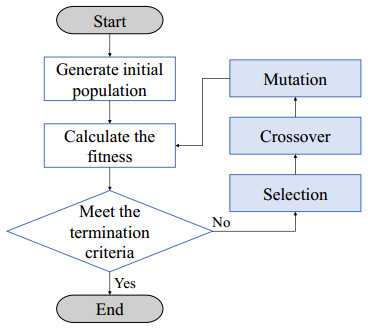
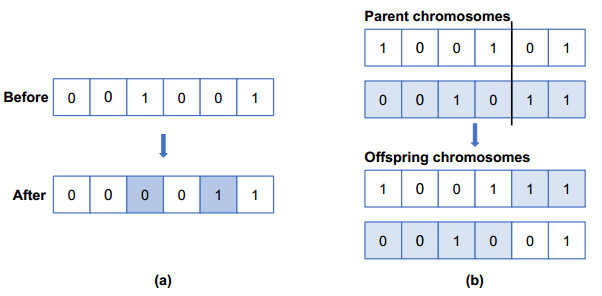
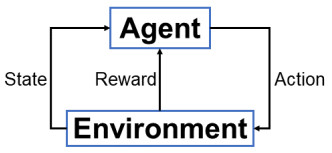
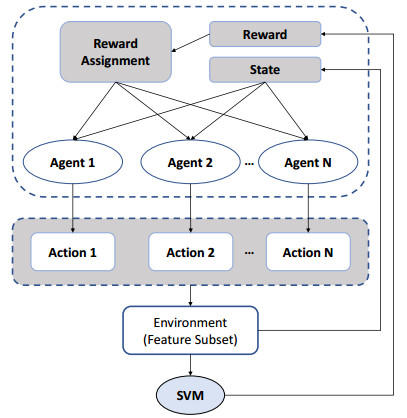


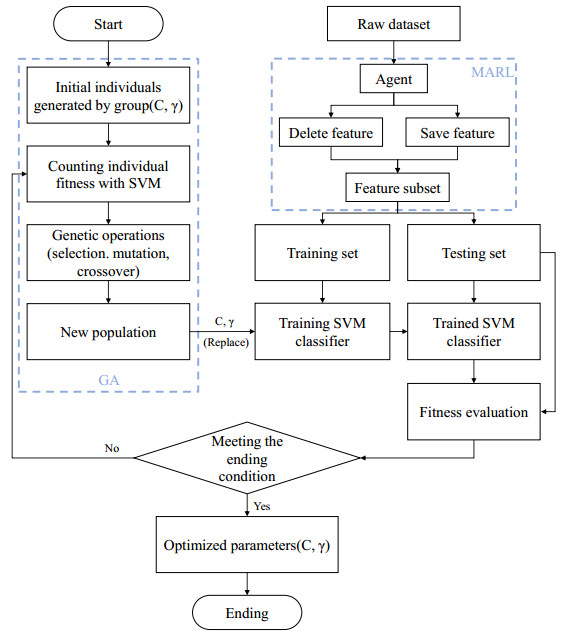
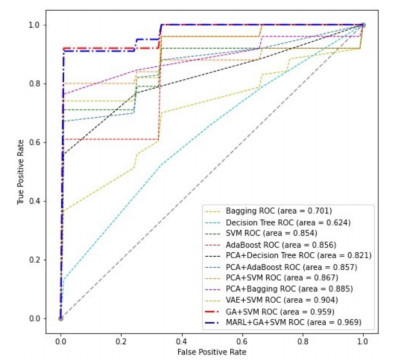
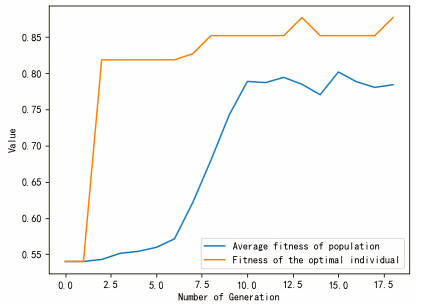


 DownLoad:
DownLoad: